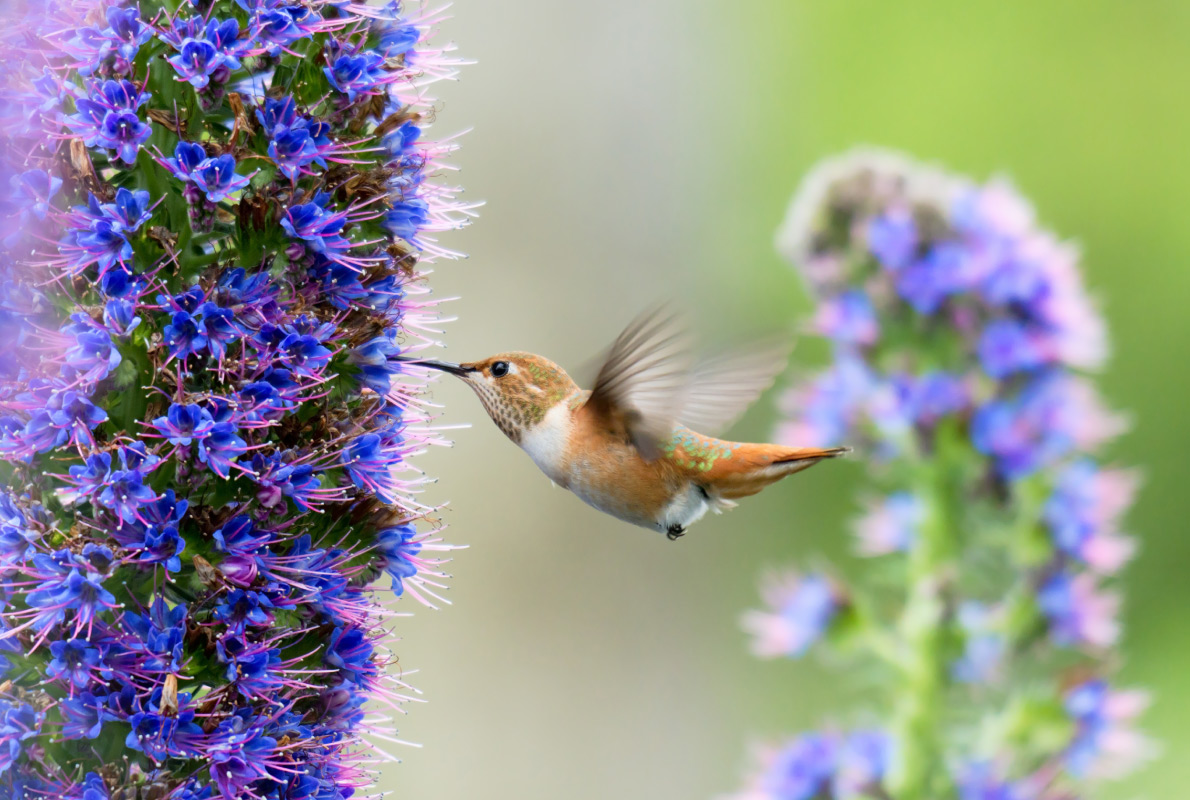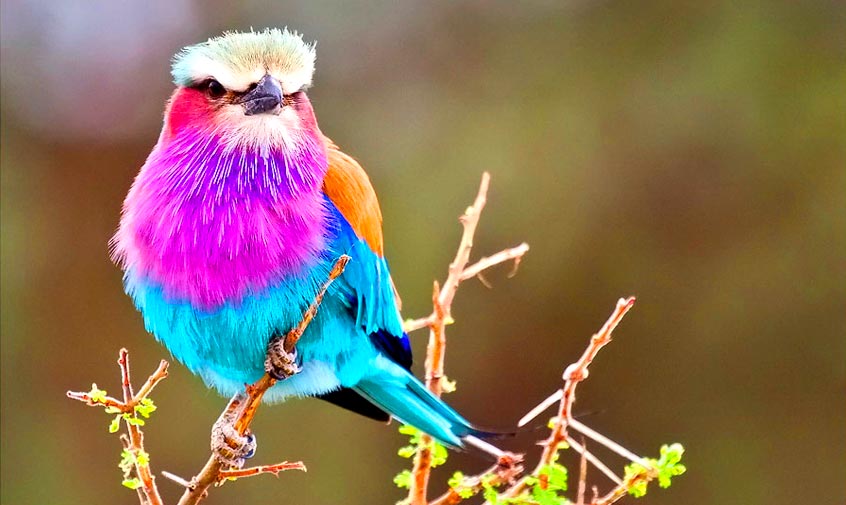Why is bird habitat loss important?
Bird habitat loss is a significant concern because it has a direct impact on bird populations. One of the primary indicators of habitat loss is the decline in bird diversity and abundance. As natural habitats are destroyed or fragmented by human activities such as deforestation, urbanization, and agriculture, birds lose their homes, food sources, and nesting sites. This leads to a reduction in the number of birds that can survive in an area.
Another indicator of habitat loss is changes in bird behavior. When birds lose their natural habitats, they may be forced to adapt to new environments or alter their feeding and breeding patterns. This can lead to competition with other species for limited resources or make them more vulnerable to predators.
Overall, bird habitat loss is important because it affects not only the survival of individual species but also the health and functioning of entire ecosystems. By protecting and restoring habitats, we can help ensure that birds have a place to thrive and contribute to our planet’s biodiversity.
Definition: What is bird habitat loss?
Bird habitat loss refers to the reduction or destruction of natural habitats that provide essential resources for bird populations. These habitats include forests, wetlands, grasslands, and other ecosystems that offer food, shelter, and nesting sites. The primary drivers of bird habitat loss are human activities such as urbanization, agriculture expansion, logging, mining and energy development.
One indicator of bird habitat loss is the decline in population numbers. When birds lose their natural habitats, they are forced to search for alternative locations with suitable conditions to survive. However, if these new areas cannot meet their basic needs such as food availability and breeding grounds then the bird population may decrease drastically leading to extinction. Another indicator is the disruption of migration patterns as birds require specific resting spots on their journey which can be impacted by destruction or alteration of important stopover points.
The impact of bird habitat loss is far-reaching beyond a simple drop in population size; it can also affect ecosystem functions including pollination and seed dispersal leading to an ecological imbalance. Additionally some species act as bio-indicators which means changes in their environment may lead to broader problems affecting plants and animals throughout the food chain causing cascading impacts on entire ecosystems.
Indicators: Signs of bird habitat loss
One major indicator of bird habitat loss is the decline in species diversity. When a habitat is destroyed or altered, it can no longer support the same variety of bird species as before. This can result in some species being pushed out while others thrive, leading to imbalances in ecosystems and potential extinctions.
Another indicator is changes in breeding behavior. Birds may struggle to find suitable nesting sites or food sources, leading to lower reproductive success rates and smaller populations overall. This can also lead to changes in migration patterns as birds are forced to look for new habitats and resources.
Lastly, decreased bird activity or sightings can be a sign of habitat loss. If there are fewer birds present in an area than before, it could be due to the destruction or degradation of their habitat. Overall, these indicators serve as warnings of potential threats to bird populations and highlight the importance of protecting natural habitats for their survival.
Impact on birds: How does it affect populations?
Bird habitat loss has a significant impact on bird populations. As their homes and nesting sites disappear due to urbanization, deforestation, and other human activities, birds struggle to find suitable areas to breed and raise their young. This leads to declining populations of many species.
One indicator of habitat loss is the decline in the number of breeding pairs for certain bird species. For example, the grasshopper sparrow population has decreased by over 80% in some regions due to habitat loss. Additionally, changes in migratory patterns can also indicate a decline in available habitats for birds.
Another impact on bird populations is that they may be forced into smaller and isolated habitats which makes them more vulnerable to predators and disease outbreaks. These factors combined with climate change and pollution further exacerbate already fragile conditions for many bird species around the world. Thus, it is essential that we take steps towards protecting wildlife habitats before it’s too late.
Human causes: Reasons for habitat loss
Human causes are some of the leading reasons for habitat loss. One primary cause is urbanization, where land is cleared for buildings and infrastructure development. Forests, grasslands and wetlands are all ecosystems that can be destroyed by urban development.
Another human cause of habitat loss is agriculture. As population growth continues to rise, more land is cleared for agricultural purposes such as livestock farming or crop cultivation. This often involves clearing forests or other natural habitats.
Finally, pollution and climate change are also significant factors in habitat loss. Pollution from industrial activities and transportation can harm wildlife living in natural habitats, while climate change can significantly alter ecosystems by changing temperature patterns or increasing the frequency of extreme weather events like droughts or floods.
The impact on bird populations can be devastating as it disrupts their nesting sites and food sources leading to a decline in their numbers. Some bird species have become endangered due to the destruction of their habitats caused by human activities. In conclusion, it’s essential to recognize that human actions significantly impact wildlife around us, including birds who play an integral role in our ecosystem’s health and balance.
Solutions: What can be done to prevent it?
To prevent bird habitat loss and its impact on bird populations, several solutions can be adopted. One way is to conserve and protect the natural habitats of birds such as forests, wetlands, and grasslands. This can be achieved by creating protected areas where human activities are limited or regulated. Another solution is to restore degraded habitats by planting native trees and vegetation in areas that have been cleared for agriculture or urban development.
Additionally, controlling invasive species that compete with native birds for food and nesting sites can help prevent habitat loss. Creating artificial habitats like nest boxes, bird feeders, and water sources could also provide alternative homes for birds. Finally, reducing greenhouse gas emissions through lifestyle changes like using renewable energy sources instead of fossil fuels can help mitigate climate change impacts on bird habitats.
In conclusion, preventing bird habitat loss requires a combination of efforts ranging from protecting natural habitats to promoting sustainable lifestyles that reduce our ecological footprint on the planet. By adopting these solutions we can ensure that birds continue to thrive in their natural environments without being threatened by human activities or climate change impacts.
Conclusion: Importance of protecting bird habitats.
Bird habitat loss is a major concern globally, with factors such as urbanization, deforestation, and climate change contributing to the loss of critical bird habitats. The effects of these changes are evident in the declining populations of many bird species worldwide. For instance, some birds have lost their nesting sites due to habitat fragmentation, leading to reduced breeding success or even failure. Furthermore, the degradation of wetlands has led to a decline in migratory waterbirds that rely on them for nesting and feeding.
The loss of bird habitats has implications beyond just the decline in bird populations. Birds play key roles in maintaining ecosystems by controlling pest populations and pollinating plants. Additionally, they contribute significantly to biodiversity and provide economic benefits through activities such as ecotourism. Protecting bird habitats is thus essential not only for conserving avian species but also for preserving ecosystem services that benefit humans.
In conclusion, it is vital that we prioritize efforts towards protecting bird habitats to prevent further population declines and preserve ecological balance. This can be achieved through implementing conservation measures such as habitat restoration, reducing pollution levels and addressing climate change issues affecting their survival. With dedicated efforts towards conservation initiatives aimed at preserving critical habitats for birds, we can ensure that future generations will continue enjoying these magnificent creatures’ beauty while benefiting from their ecological contributions.



